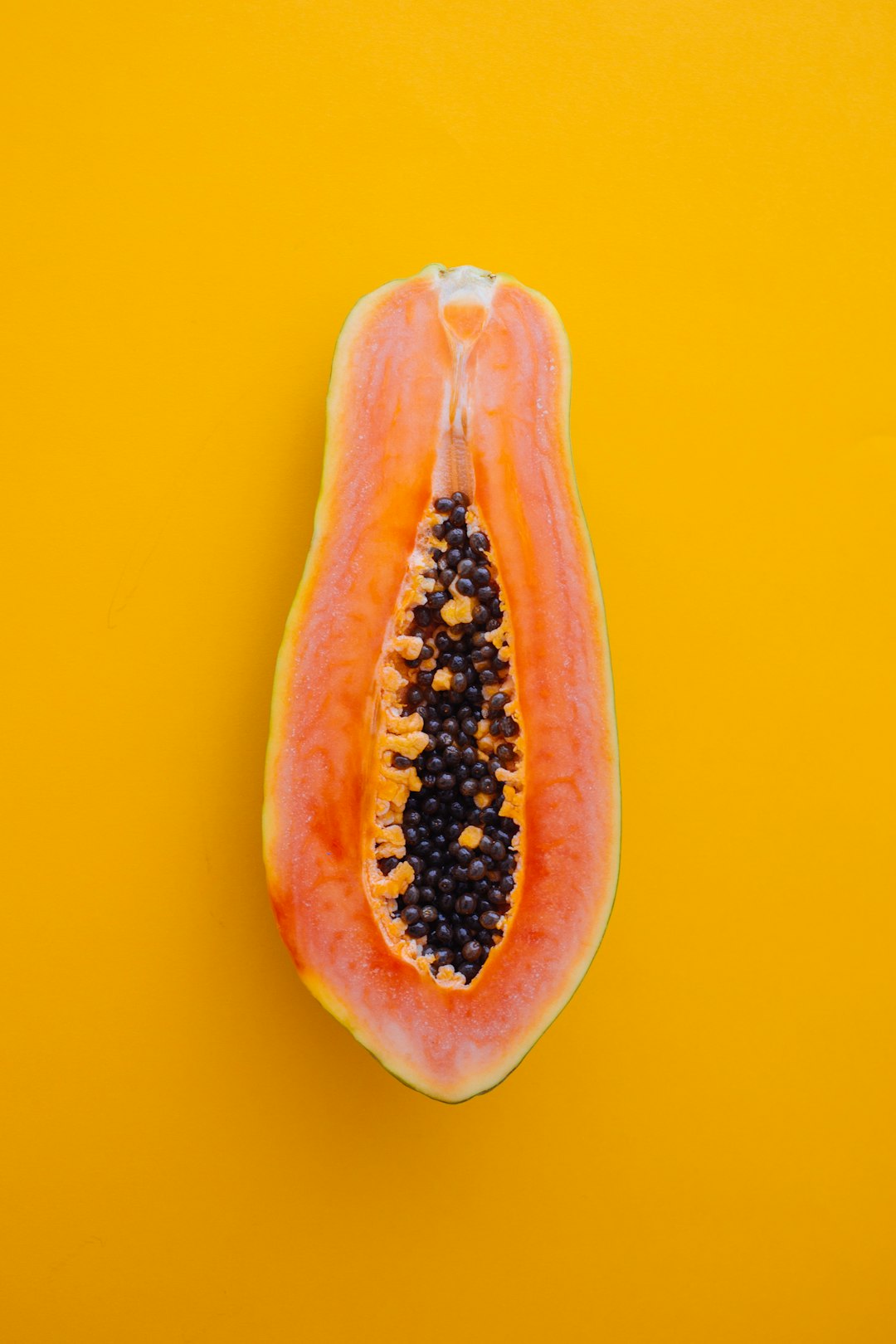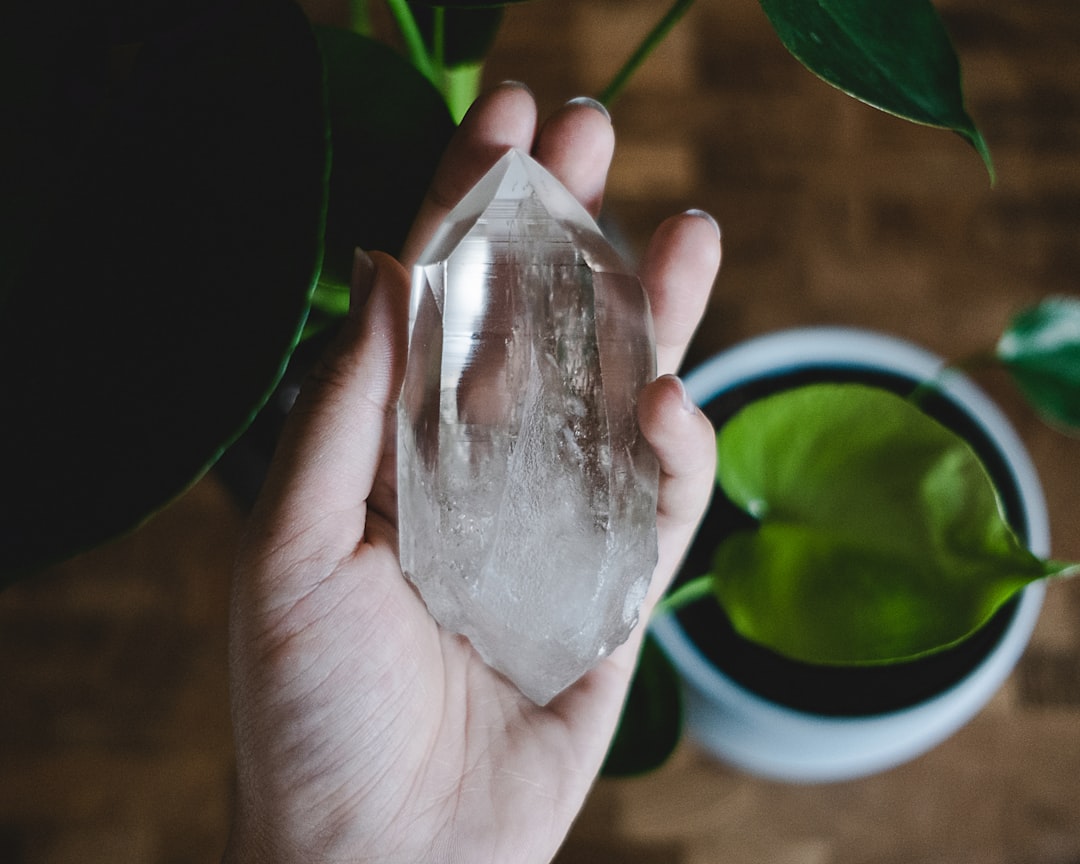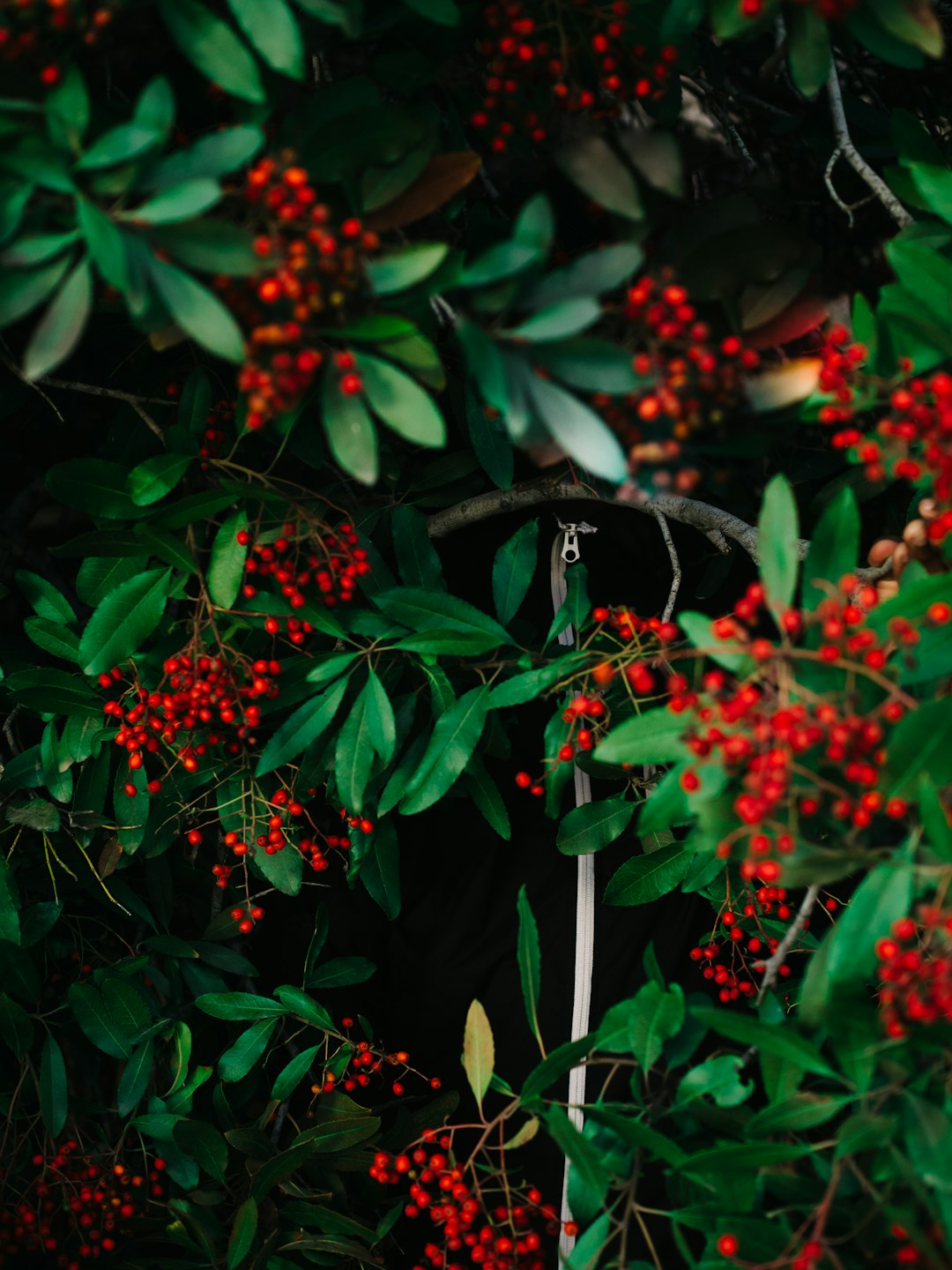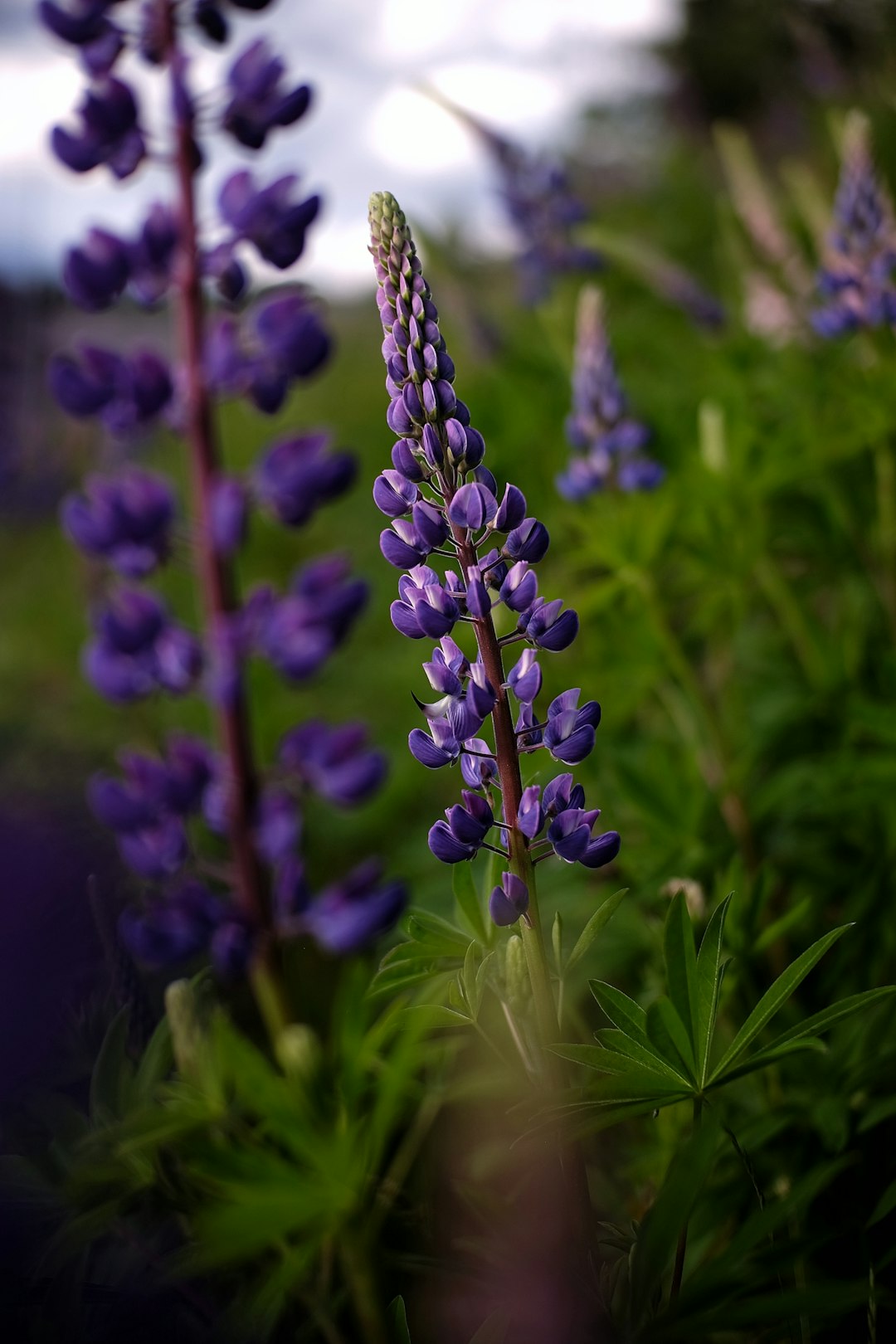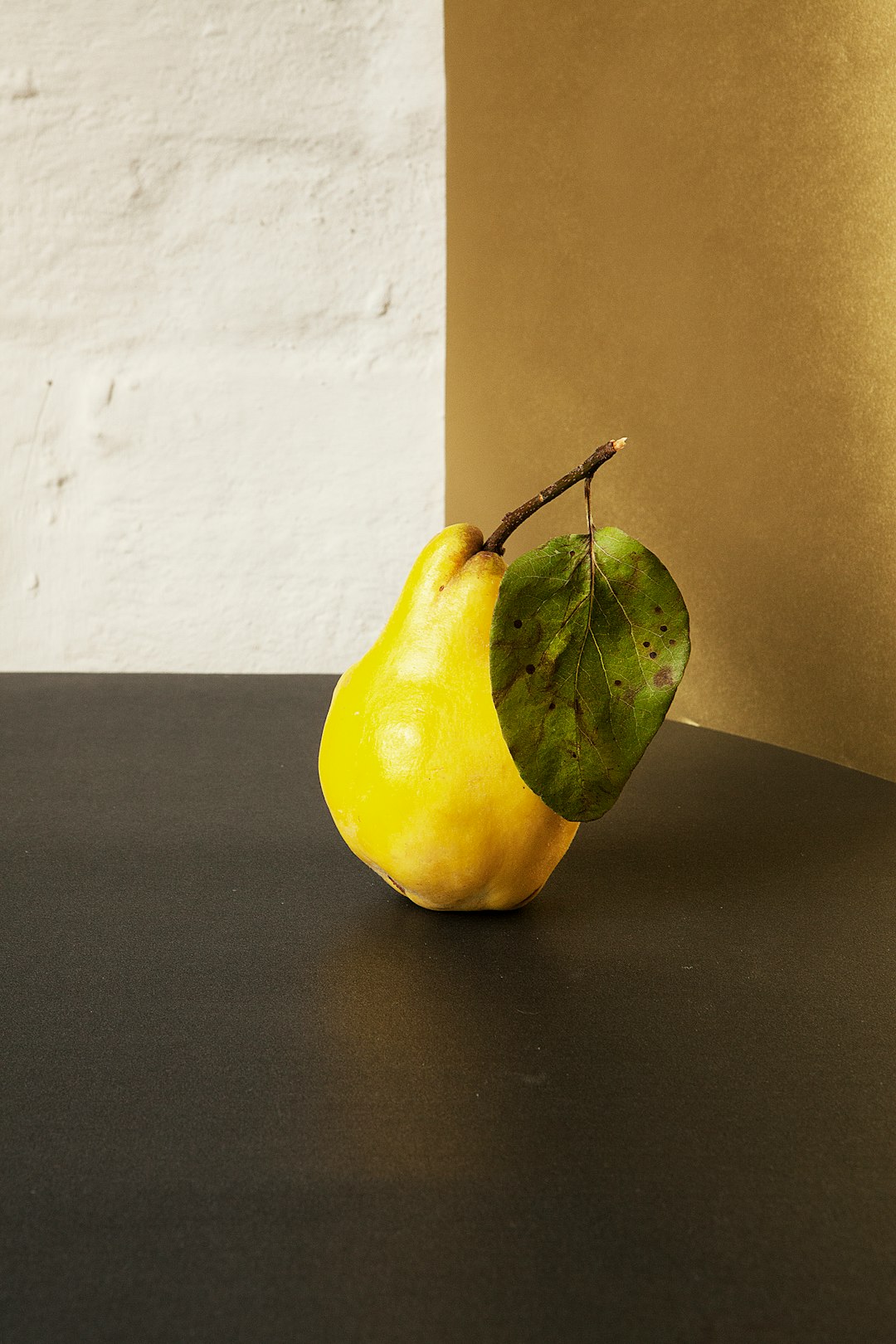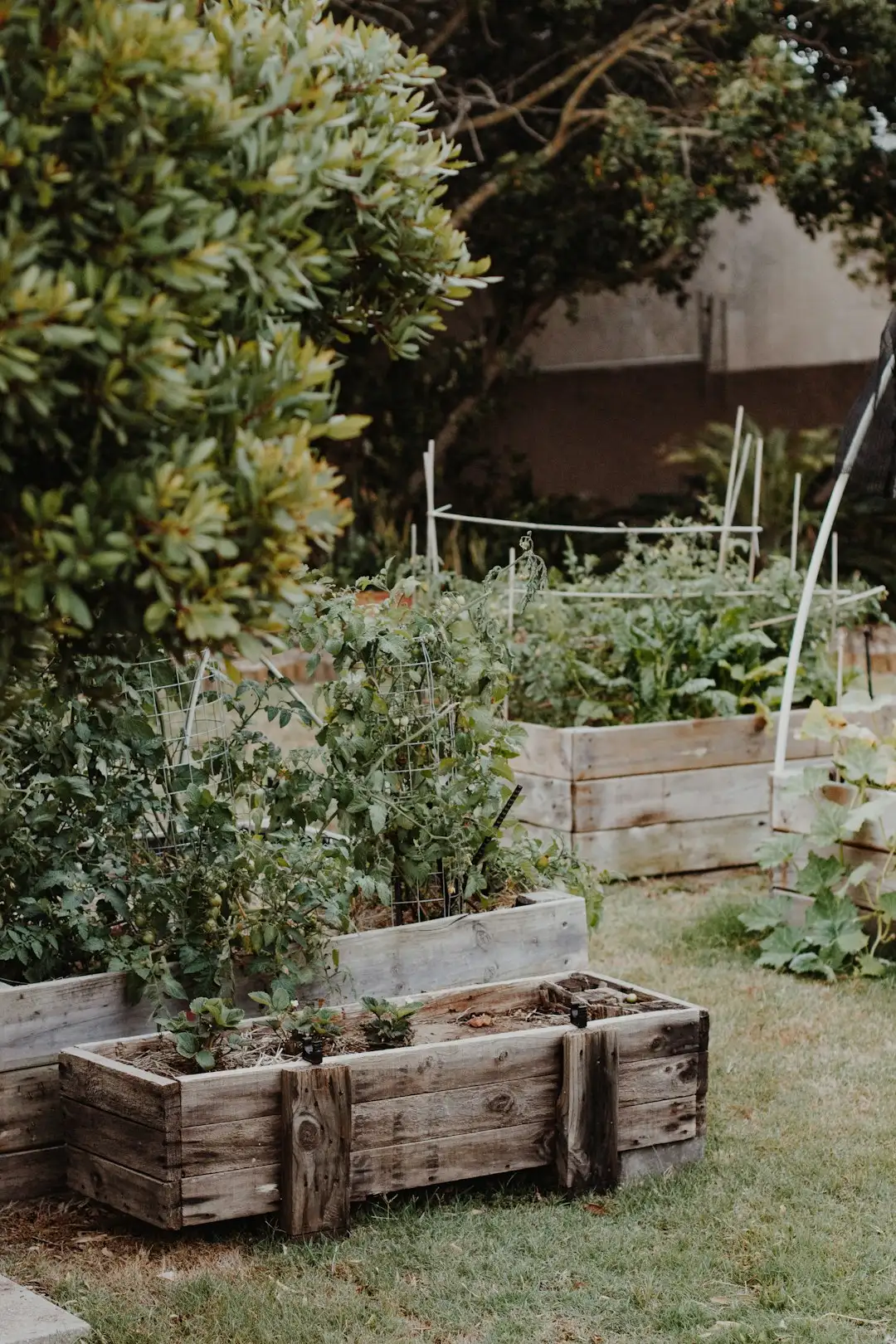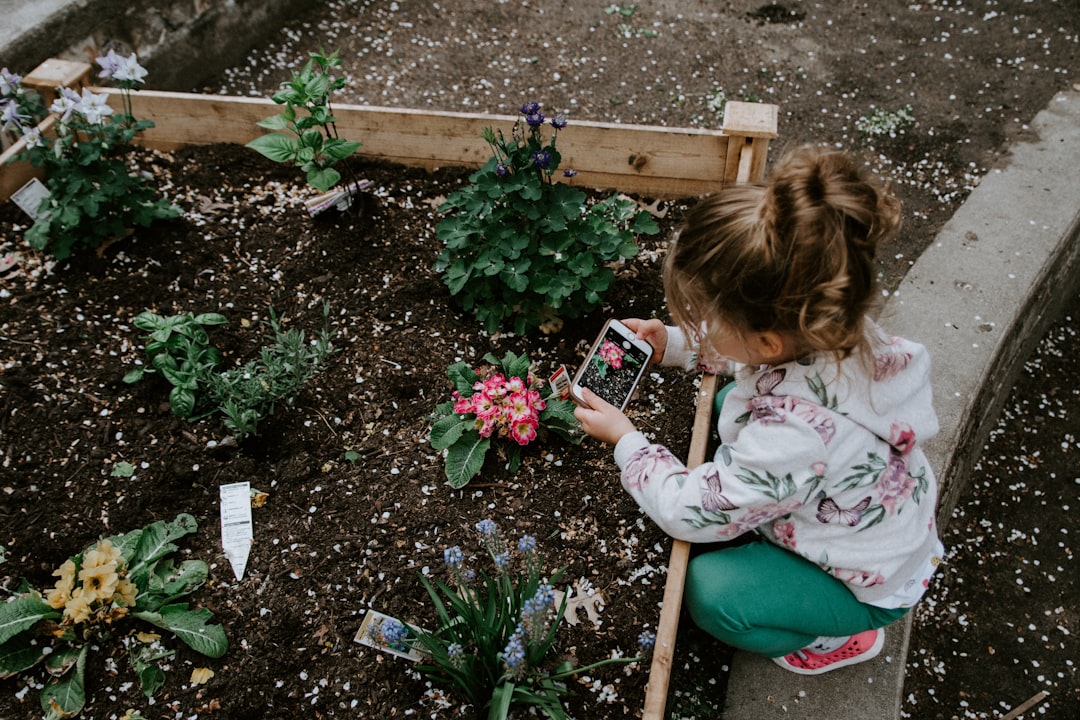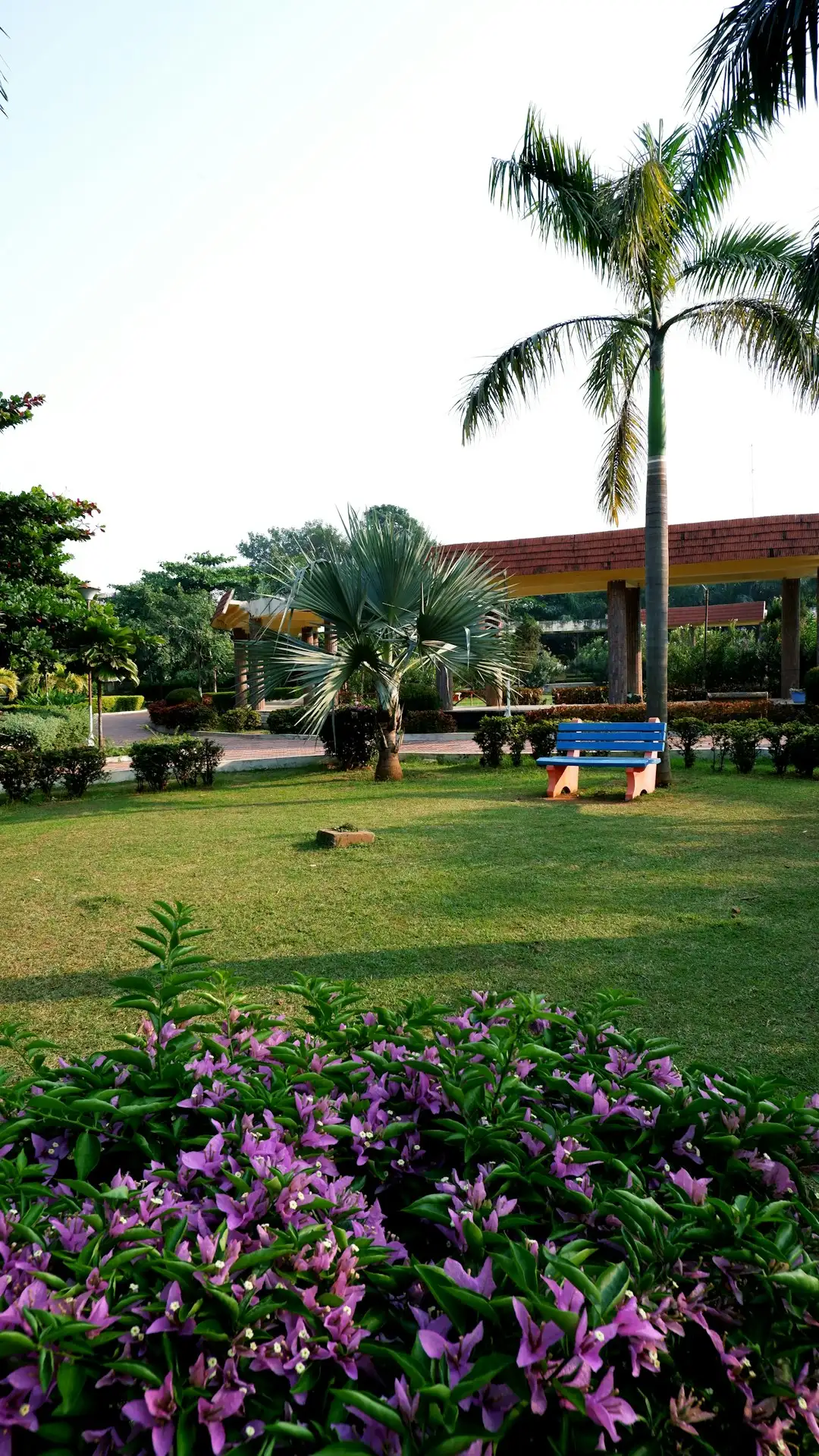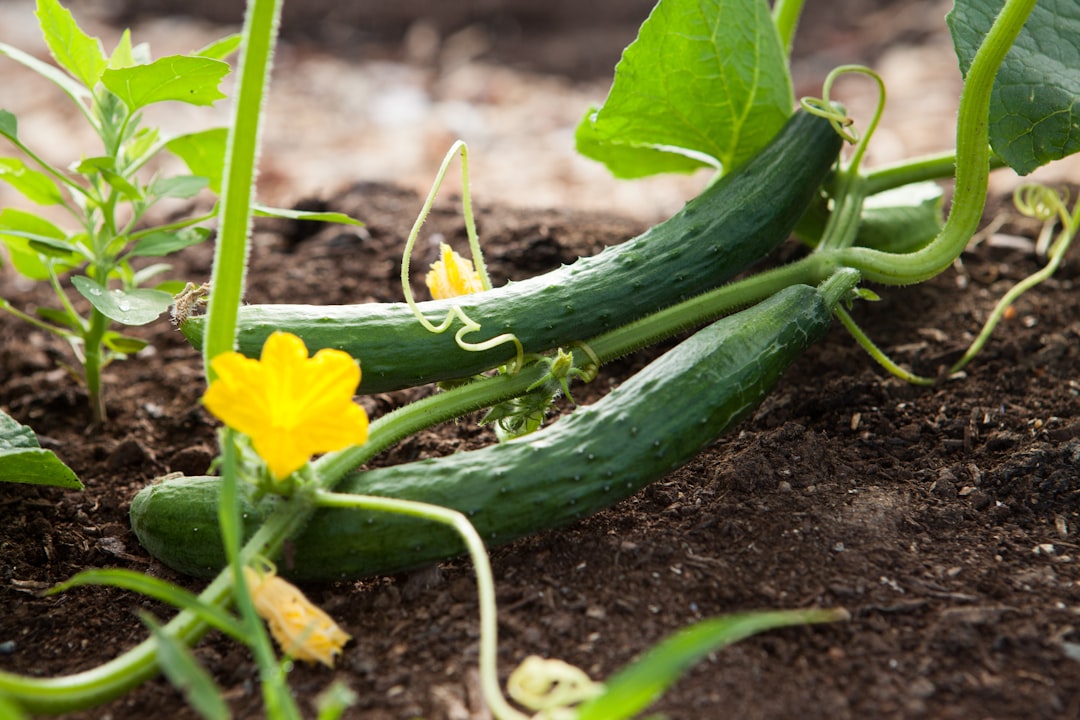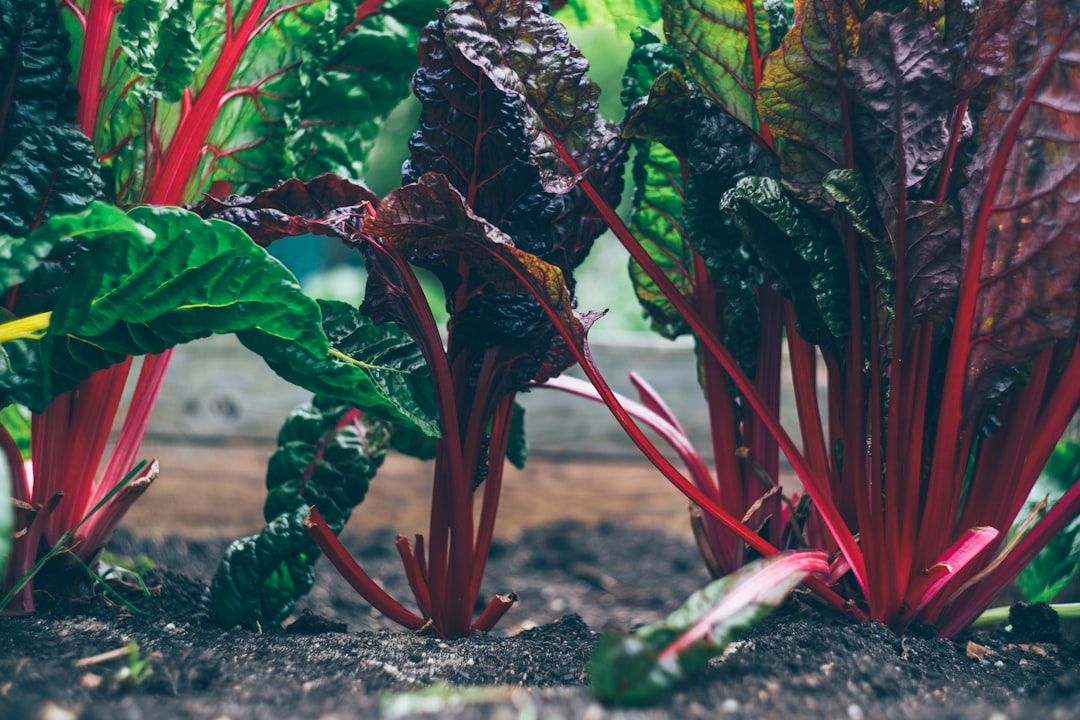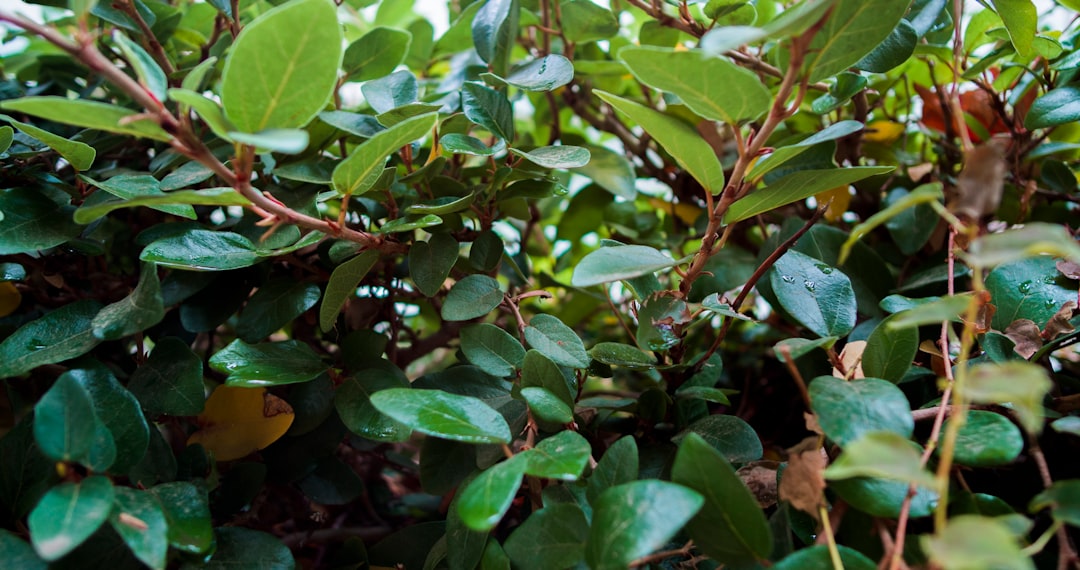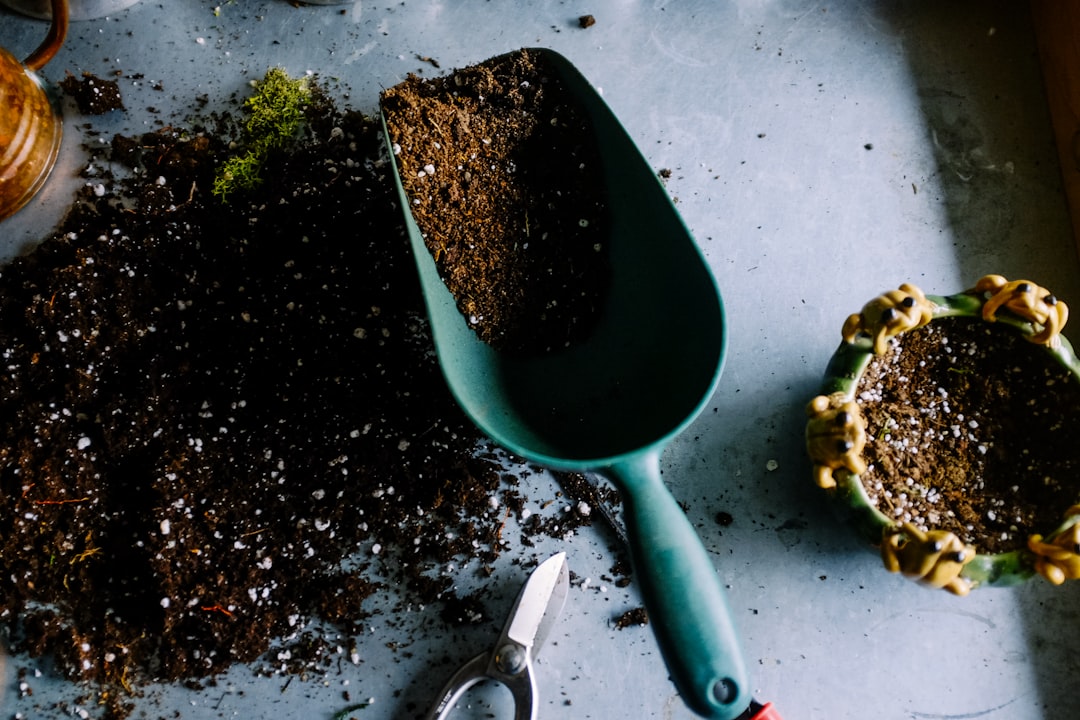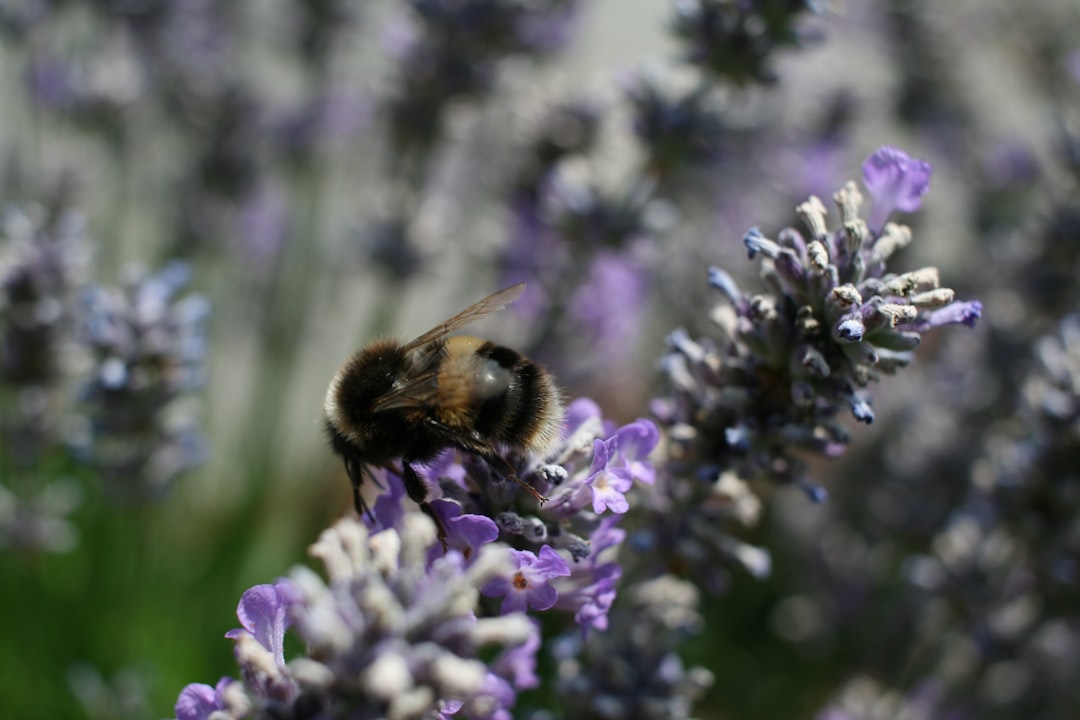
Edible gardening is a rewarding endeavor, and when it comes to growing kale, companion planting can be a game - changer. Kale, a nutrient - rich leafy green, is a staple in many home gardens. However, it often attracts aphids and other pests. By strategically planting kale alongside certain easy - care veggies, herbs, and flowers, you can keep these pests at bay and promote a healthier, more productive garden.
Let's start with the veggies. One excellent companion for kale is tomatoes. Tomatoes release a chemical that repels many of the insects that commonly attack kale. The strong scent of tomato plants masks the smell of kale, making it less detectable to pests. Additionally, tomatoes and kale have different root depths, so they don't compete for nutrients in the soil. This allows both plants to thrive in the same growing space. Another great veggie companion is onions. Onions have a pungent odor that deters aphids and other soft - bodied insects. They also help improve the flavor of kale when planted nearby. The sulfur compounds in onions can enhance the taste of kale, making it even more delicious when harvested.
When it comes to herbs, mint is a powerful ally. Mint has a strong aroma that confuses and repels pests. It can be planted around the perimeter of the kale bed or in containers near the kale plants. However, be careful with mint as it can be invasive. You may want to plant it in a pot to control its growth. Rosemary is another herb that is beneficial for kale. Rosemary's woody and fragrant nature helps keep away pests like cabbage moths, which can cause significant damage to kale leaves. Its drought - tolerant nature also means it can co - exist well with kale, which doesn't require excessive watering.
Flowers also play a crucial role in companion planting with kale. Marigolds are a classic choice. Marigolds produce a chemical that repels nematodes, which are microscopic worms that can damage kale roots. Their bright colors also attract beneficial insects like ladybugs, which are natural predators of aphids. Nasturtiums are another great flower to plant with kale. Nasturtiums act as a trap crop, attracting aphids away from the kale. They are also edible, adding a peppery flavor to salads. The presence of nasturtiums can also improve the overall aesthetic of the garden, making it more visually appealing.
Companion planting is not just about pest control. It also has other benefits. For example, some companion plants can improve soil fertility. Legumes, such as beans, have nitrogen - fixing bacteria in their roots. When planted near kale, they can add nitrogen to the soil, which is an essential nutrient for kale's growth. This reduces the need for synthetic fertilizers, making your garden more environmentally friendly.
To implement companion planting effectively, you need to plan your garden layout carefully. Consider the mature size of each plant and how much space it will need. Make sure there is enough sunlight and airflow for all the plants. You can also create a diverse ecosystem in your garden by combining different types of companion plants. This will not only help protect your kale but also create a more balanced and sustainable garden environment.
In conclusion, companion planting kale with easy - care veggies, herbs, and flowers is a simple yet effective way to keep aphids and other pests away. It offers multiple benefits, from pest control to improved soil fertility and enhanced flavor. So, the next time you plant kale in your edible garden, don't forget to choose the right companions. Your kale plants will thank you with a bountiful harvest of healthy, delicious leaves.
New








